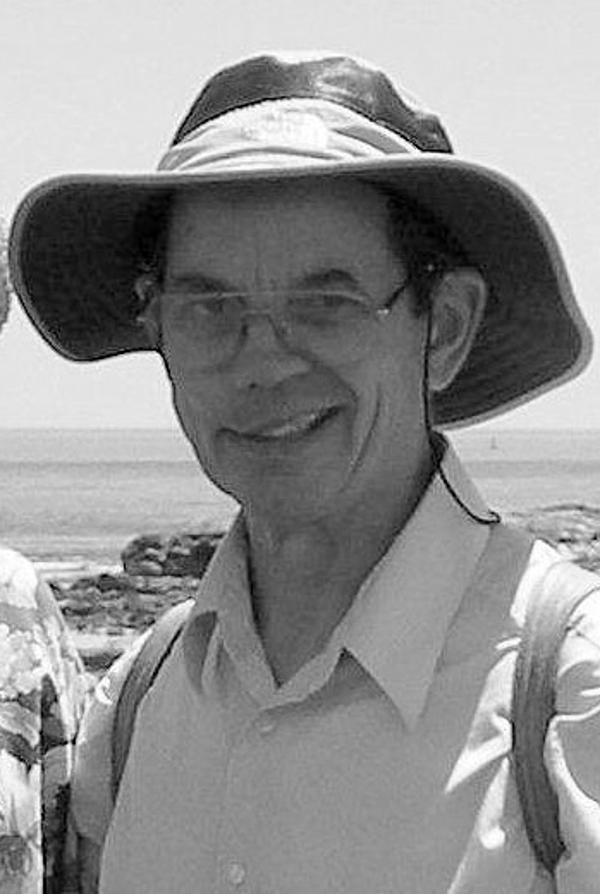Necrology

Martin Sievers Hanley '59
Apr. 25, 1937-May. 8, 2021
Martin “Charlie” Sievers Hanley ’59 died on May 8, 2021, in Rutland, Vt. Born on April 25, 1937, in Cortland, N.Y., and raised in Vestal, N.Y., he came to Hamilton from Vestal Central High School. At Hamilton, he was a member of Lambda Chi Alpha fraternity and majored in psychology.
“Charlie,” as he was known on the Hill, brought two qualities with him from Vestal that would inform much of his life: an entrepreneurial spirit and a love of the outdoors. The latter trait first manifested itself during high school when he founded the Riflery and Target Shooting Club at Vestal Central. At Hamilton, he founded the Outing Club, which is very much still active and now under the auspices of Hamilton’s Outdoor Leadership Center. On the day following his graduation, on June 6, 1959, he married Jane H. Crouch of Clinton.
They returned to Vestal, and for a year he managed a miniature golf course for the Taylor Brothers, a company that built and operated several such golf courses, assisting with production and overseeing all of the company’s sales and administrative activities. In 1957, while still at Hamilton, Charlie purchased a large tract of land in Bomoseen, Vt., where he built and, later with his wife, operated Bomoseen Golfland, “New England’s Finest Miniature Golf Course, Driving Range, and Snack Bar,” as he put it in his 50th reunion yearbook in 2009. The property they had purchased overlooked both Lake Bomoseen and the island that had been owned by the late Alexander Woollcott, Class of 1909. In the winter months, Charlie worked as food service director of the restaurants that were part of the then-fledgling Killington Ski Area.
In 1963, he invented a device that he called a “Ticket Wicket,” designed to attach ski lift tickets to skiers’ clothing. Immediately adopted by Killington, it would over time be sold to at least 52 ski areas in 18 states and Canada, and would remain, in Charlie’s words, “the most ubiquitous ticket attachment device for the next 40 years.” Rather than paying him in cash for the use of this device, Killington in 1964 promoted him to assistant vice president to oversee systems development as the ski area was rapidly expanding.
Charlie left Killington Ski Area in 1968 and started Environments, Inc., a land development and consulting business through which he created several innovative residential neighborhoods. The project started with his acquisition of a 130-acre site on a small mountain that he divided into vacation home lots. Next, he acquired two additional land tracts, which he also subdivided into a total of 150 house lots. In the process, he became a land surveyor and a licensed real estate broker. After the sale of the last of these lots, Charlie became a land-use consultant focused on land planning, permitting, and construction work on dozens of properties all located within 10 miles of his home.
Perhaps his most remarkable property development was his own home: an enormous log cabin in Killington that had an extraordinary view of the mountains and included a large fireplace, the smoke from which was piped out under the floor to a chimney behind a nearby wall so as not to impede the view. There he established The Mountaintop Mission, a retreat, as he would later explain, for “stressed-out clergy people of all denominations.” As part of that effort, he led what he described as “week-long intergenerational church canoe trips in the Rangeley Lakes of northwestern Maine.” He regarded himself as a steward of God’s creation and felt a deep spiritual communion with the natural world and a sense of sacred responsibility as a caretaker of the land.
Looking back from the vantage point of his 50th reunion, Charlie described Hamilton’s impact on his life as “Immeasurable! An appreciation of the power of words, both spoken and written.”
Milton S. Hanley is survived by his wife, two children, and four grandchildren.
